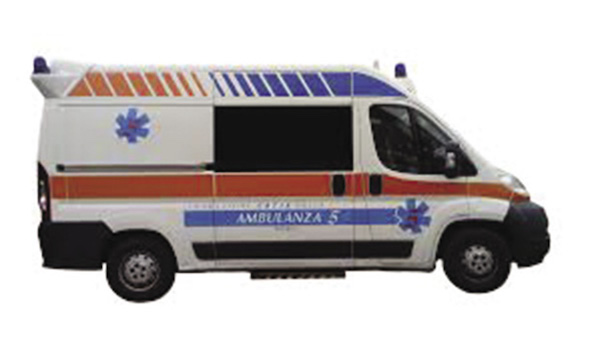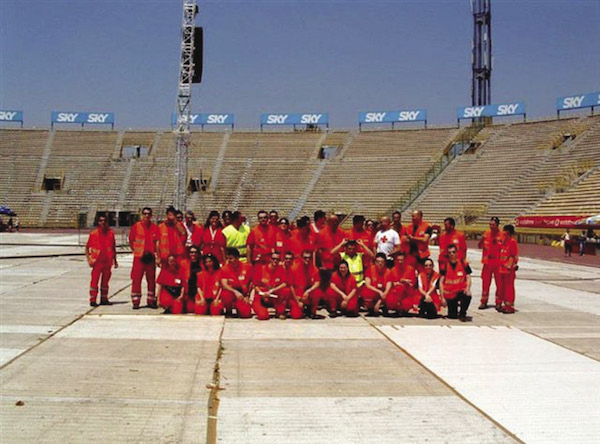Whoever experienced that terrible morning of August 2, 1980, remembers well the terrible sirens of dozens of ambulances who came from hospitals across Bologna to apply first aid measures for the poor victims of the bloodiest massacre in the history of the Italian Republic. And for those who were not in the city, film negatives of our most horrid memories show the hours following the explosion, the colourful shapes of buses usually filled with passengers around which shone in a surreal way white sheets pitifully covering the deceased. Visual fragments of a typical organization of our nation, those were such furtive but terrible moments, such a significant sense of loss that left permanent scars. The many volunteers who were already members of associations dedicated to the transport of the sick drew from the event the inspiration to improve the status quo, giving impetus to an organizational innovation that significantly changed the sector.
.jpeg)
Among the actors of this change are the members of the three non-profit organizations already playing an important role on the Bolognese scene in the early seventies, having in common the provision of assistance by ambulance: the Associazione Volontaria di Pubblica Assistenza Croce Italia—ONLUS (founded in 1971), the Cooperativa Sociale Croce Azzurra—ONLUS (1972) and the Associazione Volontaria Pubblica Assistenza Città di Bologna—ONLUS (1973), which in 1981 in the region’s capital gave birth to C.A.T.I.S. (Consorzio Ambulanze Trasporti Infermi e Soccorso) Ambulanza 5. Moreover, the following year number 50.50.50 was put in place. It was established as an important reference well before the introduction of 118, again thanks to CATIS, in 1990. But already in 1988 the non-profit organization was created, together with the then 27 USL of Bologna, the first operation centre called Bologna Emergency.
Following regulatory changes that occurred in the meantime, the Foundation of social participation CATIS was established in 2000, by the three founding groups mentioned above. Foundation CATIS’s organizational structure has recently evolved, respecting the principles of the three charities, while ensuring profitably (not in the economic sense of the term, although it remains necessary to find financial balance) to assist Bologna’s AUSL in carrying out its institutional objectives. In fact, 70% of the interventions on the territory are carried out through the use of its own resources and volunteers, in a complex legal web between individual voluntary organizations and Foundation CATIS. Its operation efficiency is based on the common goal and the indissoluble link between every protagonist of this solid story of generosity and professionalism.

Foundation CATIS does not only guarantee the basic operations of transporting sick and disabled people in need of non-urgent but essential assistance, it also provides emergency medical response through the 118 telephone number. For this reason, Foundation CATIS operates with its health care professionals (especially nurses) and the other three groups work independently from each other with their volunteer staff and their ambulances, each with distinct agreements with Bologna’s AUSL. Consequently, 49,000 hours per year per ambulance are provided in emergency and regular cases, responding to as much as 70% of the needs on the field, while the remaining 30% is covered directly by the AUSL as well as the Red Cross, without compromising the principles expressed in the statute of the non-profit organizations.

Foundation CATIS not only innovated in terms of administration and management, it literally “invented” (and patented) a special vehicle dedicated to the transport of patients who do not require medical assistance. It’s called MOSS, a specific operating health vehicle. It enables the transport of multiple users with the guarantee of health care and the respect of mandatory quality standards without the distinctive features of the ambulance, taking into consideration the psychological impact this has on the patients themselves.




.png)